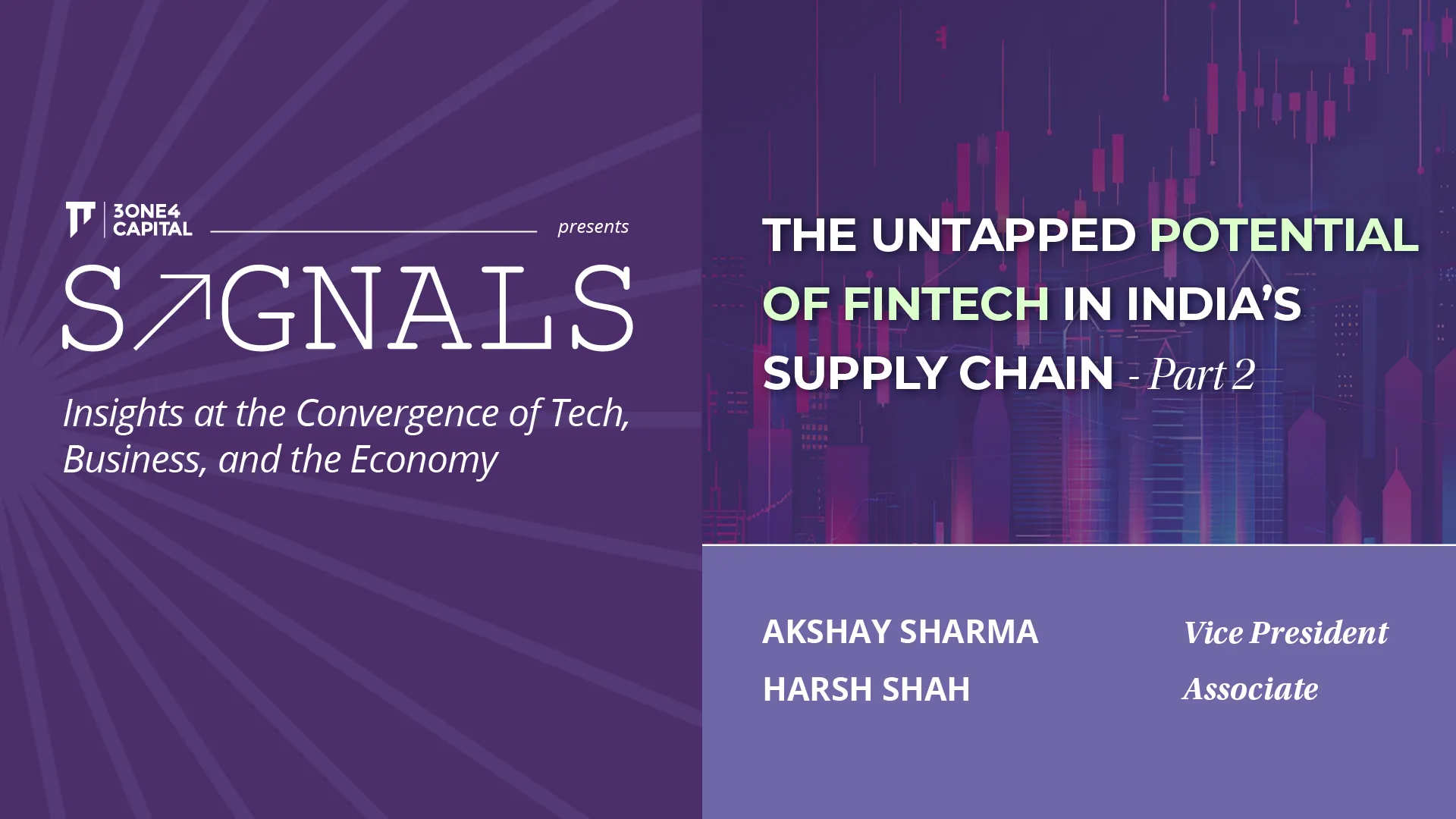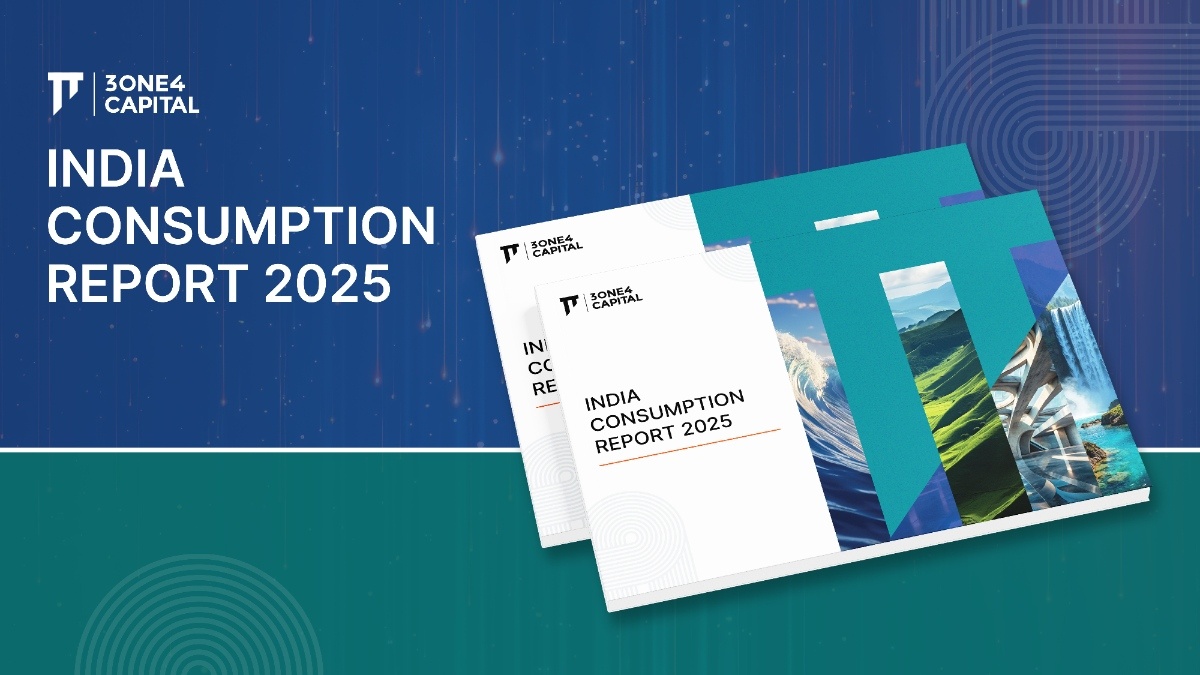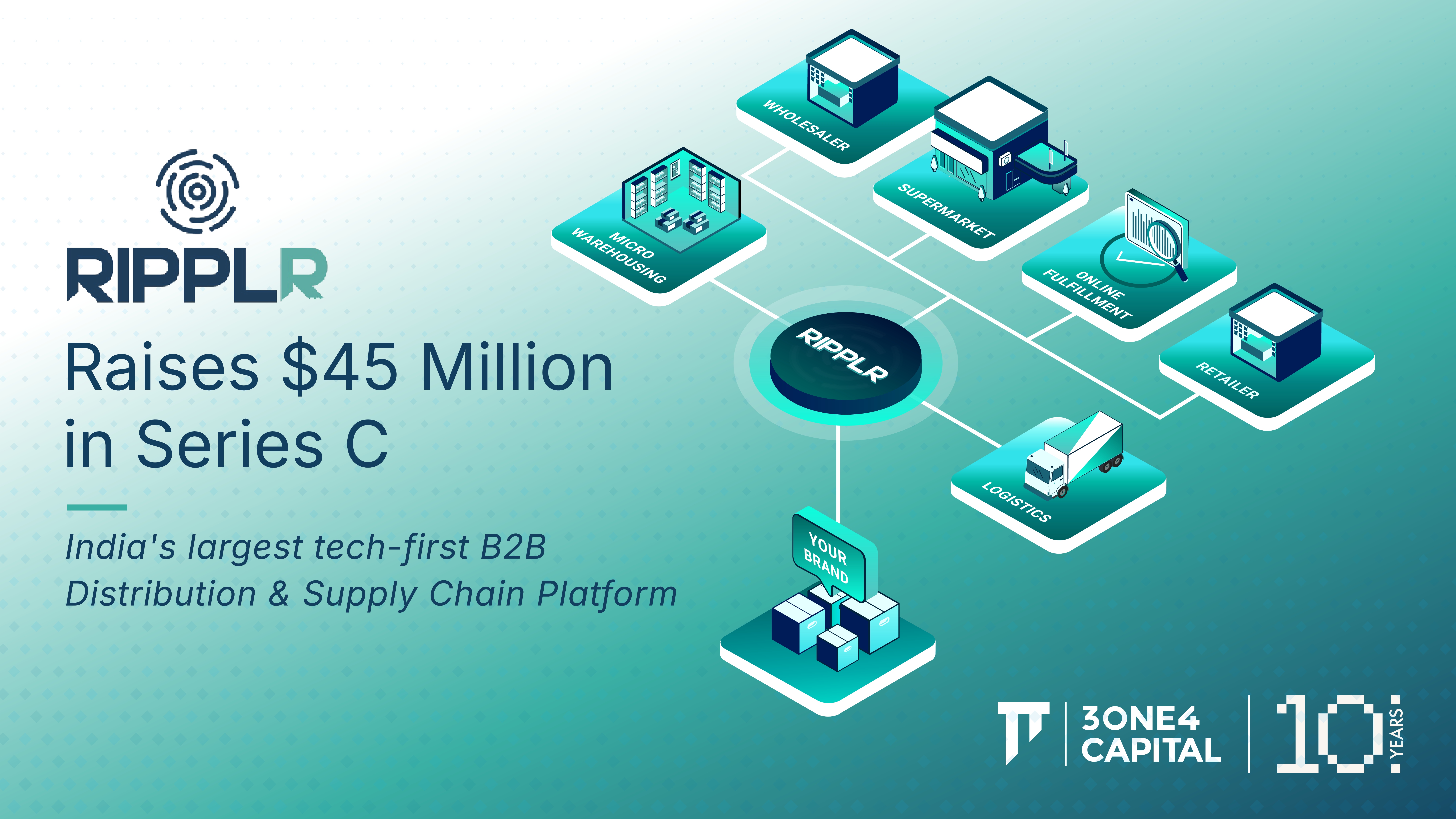
The Untapped Potential of Fintech in India’s Supply Chain - Part 2
India is home to over 63 million MSMEs, making it second only to China, which has around 140 million such enterprises.
The MSME segment is hailed as the growth engine of our country’s economic landscape as it plays a significant role in the Indian economy, contributing 30% of the nation’s GDP and 40% of its exports. MSMEs have also generated employment for more than 110 million people across the country. Despite the significant role of MSMEs, they face multiple challenges and one of the biggest hurdles they encounter is in accessing formal credit and financing.
In an idealistic scenario if all of the dealer distributor networks in the country are funded, private consumption might not go up (only consumer credit can solve for that) but in its absence consumption/ growth takes a hit and the dealers’ ability to rotate capital slows down thereby making it challenging for them to achieve a ROCE of 48-60% p.a.
How is this being solved / different products available to these MSMEs/ traders?
- Unsecured term/ business loans by banks and NBFCs - mostly restricted to large to medium distributors and the cream layer of retailers given the volume and data/ credit history available for underwriting; NBFCs like LendingKart, LoanTap, IIFL, Indifi, Flexiloans have been able to make good progress in terms of distribution and developing the underwriting capability to offer higher limits than a bank (although some of them have seen stress on books lately due to poor underwriting practices and not having enough control on end use of funds), but this only solves a part of the problem (tier 1 of downstream)
- Secured loans - offered by either banks/ NBFCs mostly in the form of LAP but a new product in the form of LAMF is beginning to emerge which solves for access and penetration; challenge here is to operate with really low cost of capital as the yield expectations are 12-18% here basis the security
- Overdraft products - this was designed to meet the working capital and cash flow requirements for businesses but it often comes against high ticket securities like real estate thereby making the access fairly difficult for retailers and wholesalers
- Informal loans and private credit - either given by acquaintances or distributors extending to retailers basis their relationship with them; challenges involve high cost of loans and limited flexibility in terms of limits and tenure
- Fintechs - merchant loans by PhonePe/ Paytm and tailor made programs by Mintifi, Progcap, Rupifi etc.working with anchors or distributors to solve for the inefficiencies of the above products (underwriting is purely based on transactions and repayment behaviour basis invoice details)
Current SCF Offerings for Retailers, Wholesalers and Distributors

On one end you have digital lenders who leverage their established digital payment infrastructures to enhance access to credit for merchants. Most of these lenders require merchants to maintain a satisfactory transaction volume and a positive credit history to qualify for loans. The application process is streamlined for quick approvals, often within an hour.
- One of the players, before the RBI crackdown, was disbursing over INR 1000 Cr of merchant loans a month with an average ticket size closer to INR 1.8-2L.
- As of mid-2024, the other large player is disbursing approximately INR 300Cr in merchant loans monthly, indicating significant uptake among its merchant base. The average loan amount is reported to be around ₹1.5 lakh.
Merchant loans from these digital lenders are used for working capital management, business expansion, equipment and technology upgrades and inventory management. Since this is a natural extension to their core product, there is no additional acquisition cost for them. But every merchant’s transaction volumes flow through multiple platforms and hence these players don't have comprehensive access to underwrite loans to match their requirements in terms of the size of loan they’re looking for and also fall short in underwriting and collections given they’re digital natives with no offline presence.
On the other end, we have the largest distributor-first lender that has been able to demonstrate healthy scale given they work with distributors in the supply chain and as a result have been able to get to over INR 3000Cr in AUM and have been profitable since the first half of 2022. Working with distributors automatically improves their economics as the average ticket is over INR 50L which helps in both recovery of acquisition and operations cost and build AUM. Distributors have also been faster adopters of technology especially ERP systems and invoicing softwares, hence making it easier to underwrite them and cater to their needs in comparison to smaller retailers.
A bunch of supply chain financing companies have attempted to design anchor based programs with a retailer-first approach and this is where we haven’t seen companies being able to justify their acquisition costs, retain merchants after the first couple of cycles and build meaningful AUM. Only when one is able to retain merchants beyond the first 2-3 cycles is when they stand to make money from the retailer and this has been a challenge in most cases as these anchor based programs often work with 2-3 brands that a retailer deals with and don’t end up financing 100% of their needs.
A retailer/ trader is looking for a sufficient amount of money for a tenure where they don't have to pay any penalties and address most of their payables at a rate of 1-1.5% per month. This could only be solved if one is able to create a hybrid (secured and unsecured) product for them which can be offered at a lucrative rate of interest. Traditionally retailers/ wholesalers mostly had investments in the form of real estate or gold and hence LAP/ gold loans were popular options but there seems to be growing penetration of mutual fund investments even within this set of individuals. Early signs of the participation of retailers/ wholesalers in the financialisation of savings is clearly visible with the trend only increasing going forward.
While the secured portfolio might or might not yield high returns (depending on the security - mutual funds, property), one stands to make better economics from the unsecured portion over a longer period of time if executed well with the right set of controls and collection efficiencies. Beyond addressing their payables, one must also be able to address their needs for business expansion, equipment upgrade, stocking up for peak season etc. in the form of a term loan with sufficient tenures of 1-3 years in order to build a meaningful book, optimise LTV by addressing different needs of the trader. While all of this can be run efficiently through a digital-first GTM, offline presence is required to enhance underwriting capabilities (because with retailers you are working with limited transactional data), build relationships with them to improve recall and eventually also have a way to keep track of the end use of funds and manage collections in case of delinquencies.


.webp)












